Monsieur de Givenchy : Cinema, Fashion, and Perfume
The great couturier Hubert de Givenchy passed away at the age of 91 on March 12th. It’s fitting that in remembering him every obituary mentions his collaboration with Audrey Hepburn. It was thanks to her that he found fame, recognition, and a chance to design the wardrobes of Jackie Kennedy Onassis and Princess Grace of Monaco. Today we take for granted celebrity endorsements, but in the 1950s it was novel. Yet, the collaboration between Givenchy and Hepburn was different from today’s business ventures between Hollywood stars and designers. The duo inspired each other, serving as each other’s muses. Givenchy’s clean, elegant lines and innovative techniques left a lasting imprint on fashion.

Hepburn contacted Givenchy to design her clothes for Sabrina (1954). Givenchy was in his 20s, running his first boutique on Plaine Monceau in Paris, having previously trained with Elsa Schiaparelli. Givenchy had an impressive career working for Christian Dior, Jacques Fath, Lucien Lelong, Pierre Balmain and Robert Piguet, but he was unknown. Hepburn felt that his designs would be perfect for a young woman who returns from a sojourn in Paris. The Hague exhibit told the story of Givenchy initially refusing the offer. As he told at the interview recorded for the museum, “I was busy preparing my next collection so I told her I wouldn’t be able to do it, but she was very persistent. She invited me to dinner, which was unusual for a woman to do back then, and it was at dinner that I realized she was an angel.”
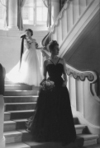
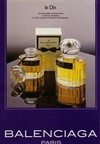

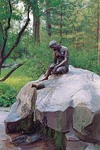














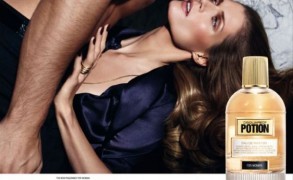
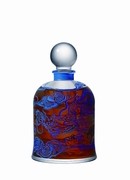
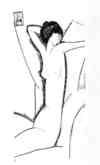
Ewan in Spring 2024 Perfume Launches : Lilac, Vetiver, Moss and Seaweed: I took the opportunity to blend seaweed, vetiver and mimosa essential oils. It is a very pleasant and interesting menage a trois. At first the seaweed hits the nose but… April 18, 2024 at 1:32am